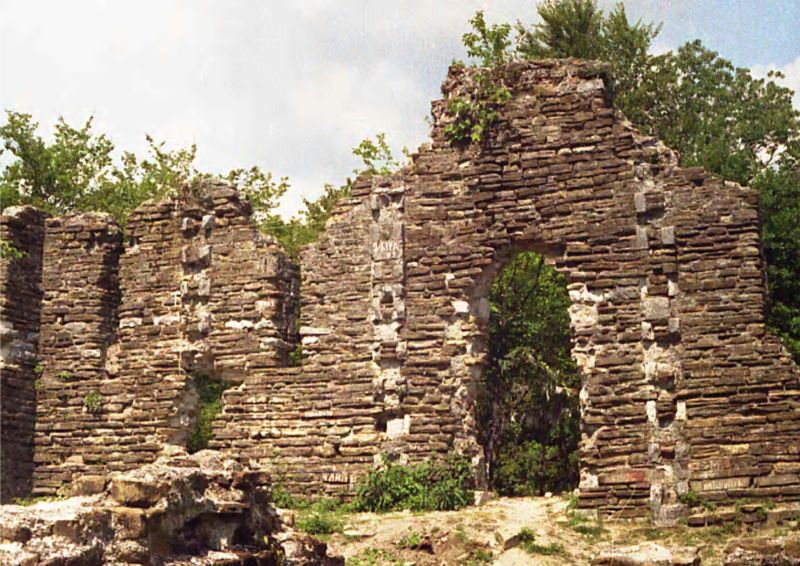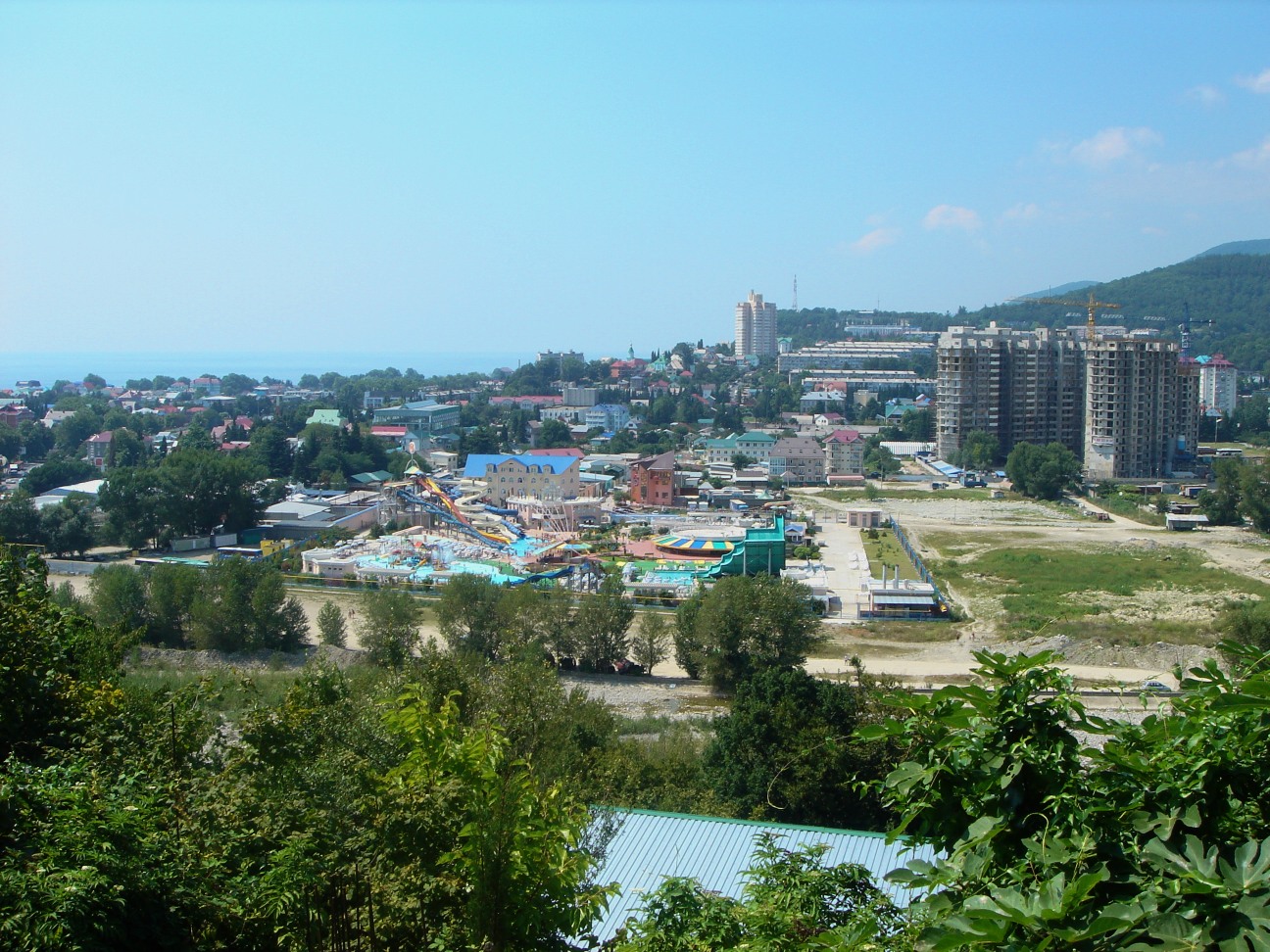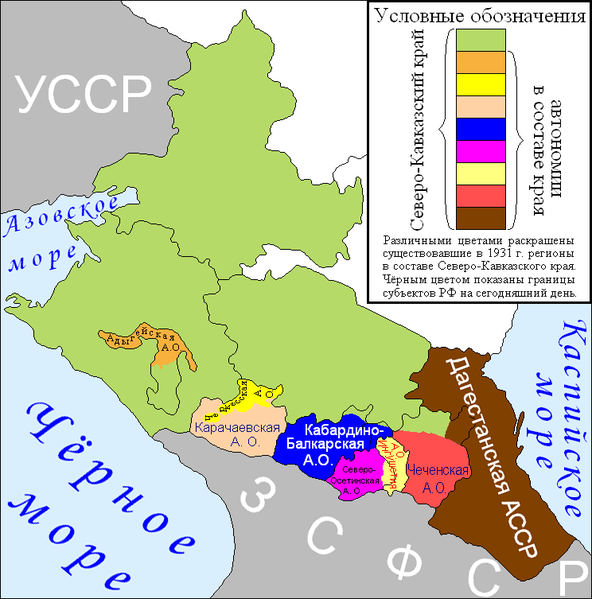|
Shapsug National Raion
The Shapsug national district or Shapsug national raion ( ''Šapsyġe Nacionalne Rajon'', ''Šapsugskij nacional′nyj rajon'') was a district that was established in 1924 as a national district ''(raion)'' for the Circassian people, Circassian Shapsugs tribe of the Black Sea Circassians () within the Krasnodar Krai in the Soviet Union, now Russia. It was abolished after the end of the Second World War in 1945. History In 1864, after the end of the century-long Russian–Circassian War between the Circassians (Adyghes) who formed the historical population of Circassia and the Russian Empire, a major part of the Shapsugs, who lived on Black Sea coast from modern Sochi to Tuapse, were either killed in the Circassian genocide or expelled to the Ottoman Empire like the other Circassian tribes. Because the Shapsugs were one of the most stubborn enemies of the Russian Empire, they suffered more than the other Circassian tribes. They were the last of their alliance to surrender to t ... [...More Info...] [...Related Items...] OR: [Wikipedia] [Google] [Baidu] |
Raion
A raion (also spelt rayon) is a type of administrative unit of several post-Soviet states. The term is used for both a type of subnational entity and a division of a city. The word is from the French (meaning 'honeycomb, department'), and is commonly translated as ' district' in English. A raion is a standardized administrative entity across most of the former Soviet Union and is usually a subdivision two steps below the national level, such as a subdivision of an oblast. However, in smaller USSR republics, it could be the primary level of administrative division. After the fall of the Soviet Union, some of the republics kept the ''raion'' (e.g. Azerbaijan, Belarus, Ukraine, Russia, Moldova, Kazakhstan, Kyrgyzstan) while others dropped it (e.g. Georgia, Uzbekistan, Estonia, Latvia, Armenia, Tajikistan, Turkmenistan). In Bulgaria, it refers to an internal administrative subdivision of a city not related to the administrative division of the country as a whole, or, in the ca ... [...More Info...] [...Related Items...] OR: [Wikipedia] [Google] [Baidu] |
Tsars
Tsar (; also spelled ''czar'', ''tzar'', or ''csar''; ; ; sr-Cyrl-Latn, цар, car) is a title historically used by Slavic monarchs. The term is derived from the Latin word ''caesar'', which was intended to mean ''emperor'' in the European medieval sense of the term—a ruler with the same rank as a Roman emperor, holding it by the approval of another emperor or a supreme ecclesiastical official—but was usually considered by Western Europeans to be equivalent to "king". Tsar and its variants were the official titles in the First Bulgarian Empire (681–1018), Second Bulgarian Empire (1185–1396), the Kingdom of Bulgaria (1908–1946), the Serbian Empire (1346–1371), and the Tsardom of Russia (1547–1721). The first ruler to adopt the title ''tsar'' was Simeon I of Bulgaria. Simeon II, the last tsar of Bulgaria, is the last person to have held this title. Meaning in Slavic languages The title tsar is derived from the Latin title for the Roman emperors, ''caesar'' ... [...More Info...] [...Related Items...] OR: [Wikipedia] [Google] [Baidu] |
Lazarevsky City District
Lazarevsky city district () is one of four city districts of the types of inhabited localities in Russia, city of Sochi in Krasnodar Krai, Russia. The city district borders Tuapsinsky District in the northwest, Apsheronsky District in the north, Maykopsky District of the Republic of Adygea in the northeast, Khostinsky city district in the east, and Tsentralny city district, Sochi, Tsentralny city district in the south. The administration of the district is located in Lazarevskoye Microdistrict. In the southwest, it is bordered by the Black Sea. Population: Geography The district is located on the slopes of the Western Caucasus, which descend to the Black Sea. The coast within the district runs from northwest to southeast. The majority of the population of the district lives at or close to the seashore, in former settlements later turned microdistricts. The biggest of them are (northwest to southeast) Vishnevka, Sochi, Vishnevka, Makopse, Sovet-Kvadzhe, Ashe, Russia, Ashe, Lazare ... [...More Info...] [...Related Items...] OR: [Wikipedia] [Google] [Baidu] |
Mikhail Lazarev
Admiral Mikhail Petrovich Lazarev (; ) was a Russian fleet commander and explorer. Education and early career Lazarev was born in Vladimir city, a scion of the old Russian nobility from the Vladimir province. In 1800, he enrolled in Russia's Naval College. Three years later he was sent to the British Royal Navy, where he would stay for a continuous five-year navigation. From 1808 to 1813, Lazarev served in the Baltic Fleet. He took part in the Russo-Swedish War of 1808–1809 and Patriotic War of 1812. Career as an explorer Lazarev first circumnavigated the globe in 1813–1816, aboard the vessel ''Suvorov''; the expedition began at Kronstadt and reached Alaska. During this voyage, Lazarev discovered the Suvorov Atoll. As a commander of the ship and Fabian Gottlieb von Bellingshausen's deputy on his world cruise in 1819–1821 (Bellingshausen commanded ), Lazarev took part in the discovery of Antarctica and numerous islands. On 28 January 1820 the expedition dis ... [...More Info...] [...Related Items...] OR: [Wikipedia] [Google] [Baidu] |
Lazarevskoye Microdistrict
Lazarevskoye (; ) is a microdistrict of Lazarevsky City District of the classification of inhabited localities in Russia, city of Sochi, Krasnodar Krai, Russia. It was a urban-type settlement, resort settlement before 1961, when it was merged into Sochi. Geography The microdistrict is located on the shore of the Black Sea at the mouth of the Psezuapse River. History It was founded in 1869 as the village of Lazarevka in place of the former Lazarevskoye Fortress, which existed in 1839–1854.Azarenkova et al., p. 255. The fortress was named after Admiral Mikhail Lazarev. Later the name of the village was changed to Lazarevskoye. On July 12, 1949, it was granted resort settlement status. On February 11, 1961, it was merged into the city of Sochi and ceased to exist as an independent entity. Others Lazarevskaya railway station on the Tuapse-Adler, Russia, Adler line is located on the territory of the microdistrict. There are two waterparks and a dolphinarium. References Not ... [...More Info...] [...Related Items...] OR: [Wikipedia] [Google] [Baidu] |
North Caucasus Krai
North Caucasus Krai (, ''Severo-Kavkazskiy kray'') was an administrative division (''krai'') within the Russian Soviet Federative Socialist Republic of the Soviet Union. It was established on 17 October 1924. Its administrative center was Rostov-on-Don until 10 January 1934, Pyatigorsk until January 1936, then Ordzhonikidze (today Vladikavkaz) and, from 15 December 1936, Voroshilovsk (today Stavropol). As of 1932, the population of the krai was estimated at 10,290,000 in an area of 351,800 km2. 45.9% of the overall population was Russian, and 37.2% of the overall population was Ukrainian. Widespread death by starvation occurred in the krai during the Soviet famine of 1932–33. As of the 1937 All-Union Census, the krai had a population of 1,635,277 in a smaller area. After undergoing numerous administrative changes, including the loss of the majority of its territory to the new Azov-Black Sea Krai on 10 January 1934, it was renamed Ordzhonikidze Krai (), after Sergo ... [...More Info...] [...Related Items...] OR: [Wikipedia] [Google] [Baidu] |
South-Eastern Oblast
The South-East (), also referred to as South-Eastern Krai () and South-Eastern Oblast () was a territory, and later an administrative division, of the Russian Soviet Federative Socialist Republic (RSFSR) which existed in 1920-1924. Originally, the name "South-East" was used informally to refer to the territories of Don, Kuban-Black Sea, and Terek Oblasts, as well as those of Stavropol Governorate and Dagestan ASSR, which were governed by the Revolutionary Soviet of the Laborers' Army of South-East Russia (hence the name "South-East") established on August 7, 1920. While the Soviet itself was abolished in 1921, the name "South-East" stuck. Occasionally, the territory was also referred to as "South-Eastern Krai" and "South-Eastern Oblast", even though no official krai/oblast status was assigned to it at the time. The system of the administrative and territorial division of the RSFSR was developing haphazardly in the beginning of the 1920s: it was inconsistent, expensive to main ... [...More Info...] [...Related Items...] OR: [Wikipedia] [Google] [Baidu] |
Black Sea Okrug
Black is a color that results from the absence or complete absorption of visible light. It is an achromatic color, without chroma, like white and grey. It is often used symbolically or figuratively to represent darkness.Eva Heller, ''Psychologie de la couleur – effets et symboliques'', pp. 105–26. Black and white have often been used to describe opposites such as good and evil, the Dark Ages versus the Age of Enlightenment, and night versus day. Since the Middle Ages, black has been the symbolic color of solemnity and authority, and for this reason it is still commonly worn by judges and magistrates. Black was one of the first colors used by artists in Neolithic cave paintings. It was used in ancient Egypt and Greece as the color of the underworld. In the Roman Empire, it became the color of mourning, and over the centuries it was frequently associated with death, evil, witches, and magic. In the 14th century, it was worn by royalty, clergy, judges, and government off ... [...More Info...] [...Related Items...] OR: [Wikipedia] [Google] [Baidu] |





